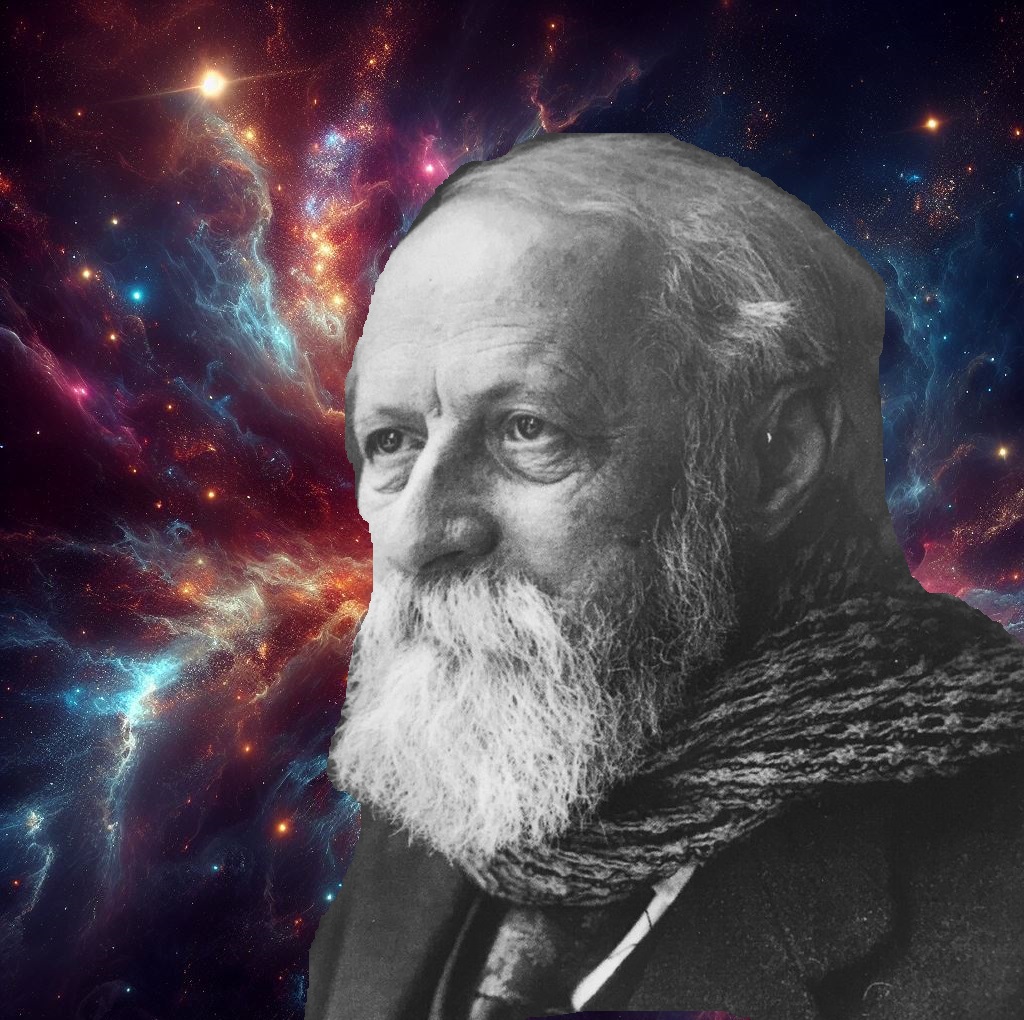As a trainee counselling psychologist, I often find myself drawn to philosophical concepts that can enrich and deepen the therapeutic process. One such concept is Martin Buber’s “I and Thou,” a profound exploration of human relationships and the essence of connection. In this blog, I’ll touch upon some of the basics of Buber’s philosophy, exploring its relevance for clients and practitioners alike. Whilst the writings of Buber emerged in the early 20th century, their relevance to the relational components of modern therapy are apparent.

Understanding “I and Thou“:
At the core of Buber’s philosophy is the distinction between two modes of relating: the “I-Thou” and the “I-It.” In the “I-Thou” mode, individuals engage with one another as fully present, acknowledging each other’s humanity and inherent worth. This mode transcends mere objectification or utility; it is a meeting of distinct souls, a profound recognition of shared existence with another. On the other hand, the “I-It” mode involves instrumentalising the other, viewing them as objects to be used or manipulated for one’s own ends, or simply missing core aspects of their being in your experience of them. It’s not a state we can expect to be in all of the time, but a direction in our relationships that can guide our life journey.

Relevance for Clients:
For clients in therapy, the concept of “I and Thou” can offer a powerful framework for understanding your relationships and your own sense of self. Many clients come to therapy grappling with feelings of disconnection or alienation, whether from others or from themselves. By exploring the principles of “I and Thou,” you can begin to recognise the ways in which you may be relating to others as mere objects, rather than engaging in authentic, meaningful encounters. This awareness can pave the way for deeper, more fulfilling relationships both within and outside the therapeutic setting.
Furthermore, “I and Thou” invites you to reflect on your own sense of self and identity. In the context of therapy, individuals often confront questions of who they are and how they relate to the world around them. By embracing the “I-Thou” mode of relating, you can cultivate a greater sense of authenticity and connection with yourself, fostering a more integrated and coherent sense of self.
Practical Applications for Practitioners:
As a trainee counselling practitioner, integrating Buber’s philosophy into therapeutic practice can enhance the effectiveness of interventions and deepen the therapeutic relationship. One practical application is the cultivation of presence and attunement. By embodying the principles of “I-Thou” in my interactions with clients, I can create a space of genuine acceptance and empathy, allowing my clients to feel truly seen and understood.

Additionally, I can trust in the “I and Thou” framework to explore relational dynamics within the therapeutic relationship itself. By inviting clients to reflect on their experiences of connection and disconnection in session, I can facilitate greater insight and awareness, paving the way for meaningful change and growth.
In the journey of therapy, the philosophy of “I and Thou” offers a guiding light, illuminating the path towards deeper connection and authenticity. By embracing the principles of relational mutuality and presence, clients can cultivate more fulfilling relationships and a greater sense of self. As practitioners, we have the privilege of walking alongside our clients on this journey, bearing witness to the transformative power of genuine human connection. It is these basic principles that I believe should form the foundation in all therapy.
I will end by saying that therapy can’t be all sunshine and rainbows; leaning into discomfort or challenging a client in therapy can be necessary for therapeutic breakthroughs. However, this must be done within the framework of an I-Thou relationship, where the client feels deeply seen and understood. The challenge should come from a place of empathy and a desire to facilitate growth, rather than as a confrontational or corrective measure. It’s about striking a balance between supporting and pushing, ensuring that the client remains engaged and that the therapeutic relationship is strengthened rather than strained.
In practice, cultivating an I-Thou relationship requires the therapist to be fully present and authentically engaged with the client, seeing them beyond their symptoms or issues. It involves a commitment to understanding the client’s world from their perspective and affirming their inherent worth, even when addressing uncomfortable truths or encouraging them to step out of their comfort zones for the sake of healing and personal growth.
References
(for further reading)
1. Buber, M. (1970). I and Thou (W. Kaufmann, Trans.). Scribner.
2. Friedman, M. S. (2003). Martin Buber: The life of dialogue. Routledge.
3. Brice, C. W. (1993). Betwixt and between: The making of a dialogical psychotherapy [Review of the book Between person and person: Toward a dialogical psychotherapy, by R. Hycner]. The Humanistic Psychologist, 21(1), 101–112. https://doi.org/10.1080/08873267.1993.9976909
4. Hycner, R. H. (1993). Between person and person: Toward a dialogical psychotherapy. Gestalt Journal Press.
5. May, R. (2009). Man’s search for himself. WW Norton & Company.
6. Natoli, D. J. (2023). Our Better Angels: A Neuro-Psychological Theory of Faculty Development. In Honing Self-Awareness of Faculty and Future Business Leaders: Emotions Connected with Teaching and Learning (pp. 179-196). Emerald Publishing Limited.
7. Schmid, W. T. (1999). The Therapeutic Encounter According to Martin Buber: An Interpretation of His Writings. Journal of Humanistic Psychology, 39(1), 88-112.





Leave a comment